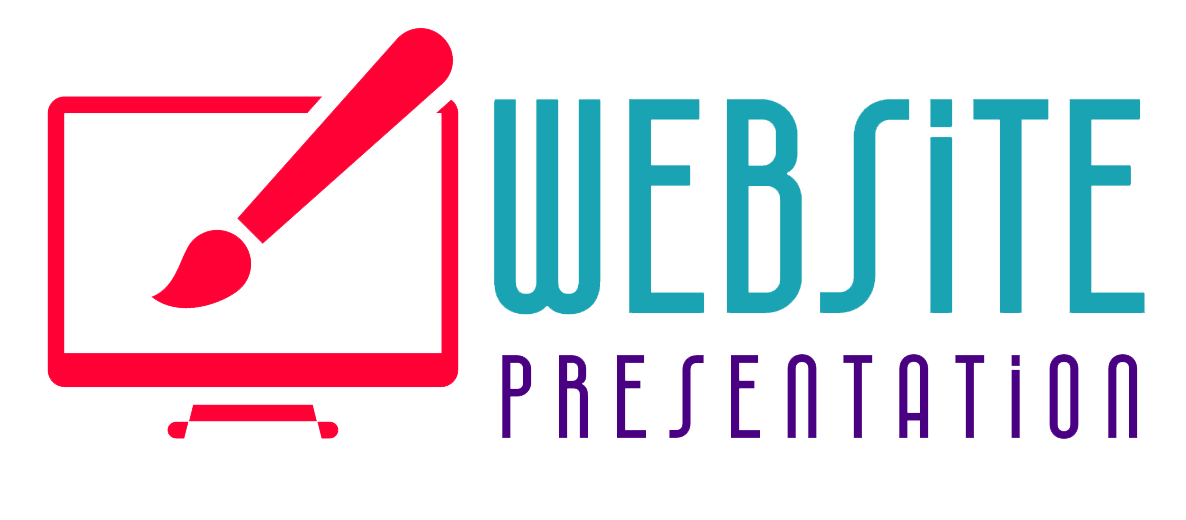In the fast-paced world of web design, a well-crafted scope of work document can mean the difference between a successful project and a chaotic one. As the backbone of any web design project, the scope of work document outlines the objectives, deliverables, timelines, and responsibilities of all parties involved. But what are the key elements that should be included to ensure a seamless and fruitful collaboration?
In this article, we will unlock the secrets to creating a comprehensive scope of work document that sets the stage for success. From clearly defining project goals and objectives to establishing a realistic timeline and budget, we will cover it all. So, whether you’re a seasoned web designer looking to refine your process or a business owner embarking on a web design project, this guide will equip you with the essential elements to include in your scope of work document. Get ready to unlock the key to web design success!

Importance of a Comprehensive Scope of Work Document
A comprehensive scope of work document is crucial for the success of any web design project. It serves as a roadmap, providing a clear understanding of the project’s goals, deliverables, and expectations. Without a well-defined scope of work, projects can easily fall into disarray, leading to missed deadlines, budget overruns, and unsatisfied clients.
One of the key benefits of a comprehensive scope of work document is that it helps manage client expectations. By clearly outlining the project objectives, deliverables, and timeline, you can align your client’s expectations with what is realistically achievable. This helps to avoid misunderstandings and ensures that both parties are on the same page from the start.
Additionally, a scope of work document acts as a reference point throughout the project. It provides a documented agreement that can be used to resolve any disputes or disagreements that may arise during the course of the project. By having a clear record of the project’s scope, you can mitigate risks and protect both parties from potential legal issues.

9 Key Elements to Include in a Scope of Work Document
Now that we understand the importance of a comprehensive scope of work document, let’s dive into the key elements that should be included to ensure a successful web design project.
1. Project Objectives and Goals
The first element to include in your scope of work document is a clear and concise description of the project’s objectives and goals. This section should outline what the client hopes to achieve with the website, whether it’s increasing online sales, improving user experience, or establishing a strong online presence. By clearly defining the project’s goals, you can ensure that all parties are working towards the same outcome.
2. Project Deliverables and Timeline
Next, you need to define the project deliverables and establish a realistic timeline. This section should outline what will be delivered at each stage of the project, such as wireframes, design mockups, and the final website. Alongside each deliverable, include the estimated timeframe for completion. It’s important to be realistic when setting deadlines to avoid unnecessary stress and ensure a smooth workflow.
3. Design Requirements and Specifications
The design requirements and specifications section should outline the visual elements of the website, such as color schemes, typography, and overall style. Include any specific design preferences or branding guidelines provided by the client. This section should also cover any additional design-related requests, such as the need for a responsive design or integration with third-party tools.

4. Technical Requirements and Specifications
In this section, outline the technical requirements and specifications of the website. This includes the platform or content management system (CMS) to be used, any third-party integrations required, and any specific technical functionalities that need to be implemented. Clearly define the technology stack and any hosting or server requirements.
5. Content Requirements and Specifications
The content requirements and specifications section should outline the expectations for the website’s content. Specify whether the client will provide the content or if you will be responsible for creating it. Include guidelines for the structure, length, and tone of the content, as well as any specific keywords or search engine optimization (SEO) requirements. This section should also cover any content migration or content management considerations.
6. Communication and Collaboration Expectations
Effective communication and collaboration are essential for a successful web design project. In this section, outline the preferred communication channels, such as email, project management tools, or video conferencing. Establish the frequency and format of project updates and progress reports. Clearly define the roles and responsibilities of all parties involved, including the client, web designer, developers, and any other stakeholders.

7. Project Budget and Payment Terms
The project budget and payment terms section should clearly outline the financial aspects of the project. Specify the total project cost, any payment milestones, and the payment schedule. Include any additional costs that may arise, such as third-party software licenses or stock imagery. It’s important to be transparent about the financial expectations to avoid any misunderstandings or disputes.
8. Scope Change Process
During the course of a web design project, scope changes may occur. It’s essential to have a defined process for handling these changes to ensure that the project stays on track. In this section, outline how scope changes will be identified, evaluated, and approved. Define the process for requesting and documenting changes, as well as any impact on the project timeline and budget.
9. Terms & Conditions
The section should include any confidentiality agreements, intellectual property rights, and dispute resolution mechanisms. Clearly define the responsibilities and liabilities of all parties involved. If necessary, consult with a legal professional to ensure that your scope of work document is legally binding and protects the interests of both parties.

Tips for Creating an Effective Scope of Work Document
- Start with a template: Utilize a pre-designed template or create your own to ensure that you cover all the necessary elements.
- Be specific and detailed: Avoid ambiguity by providing specific details and clear instructions in each section of the document.
- Use language everyone can understand: Avoid technical jargon and use language that is easily understandable by all parties involved.
- Be realistic: Set realistic expectations for the project timeline, budget, and deliverables to avoid potential issues down the line.
- Review and revise: Regularly review and revise the scope of work document as the project progresses to ensure that it remains accurate and up to date.
That’s A Wrap
A well-crafted scope of work document is a vital tool for the success of any web design project. By including these key elements, you can set the stage for a seamless and fruitful collaboration. Additionally, addressing project budget, scope change processes, and legal considerations ensures that both parties are protected and on the same page throughout the project. By following the tips provided and investing time and effort into creating an effective scope of work document, you will unlock the key to web design success and pave the way for a successful and satisfying project experience.







